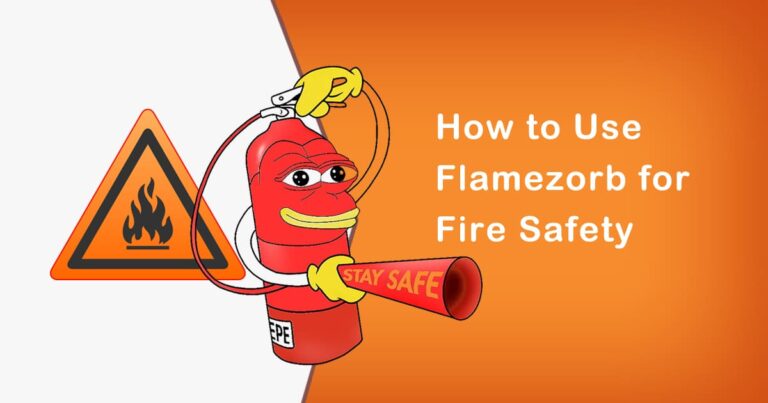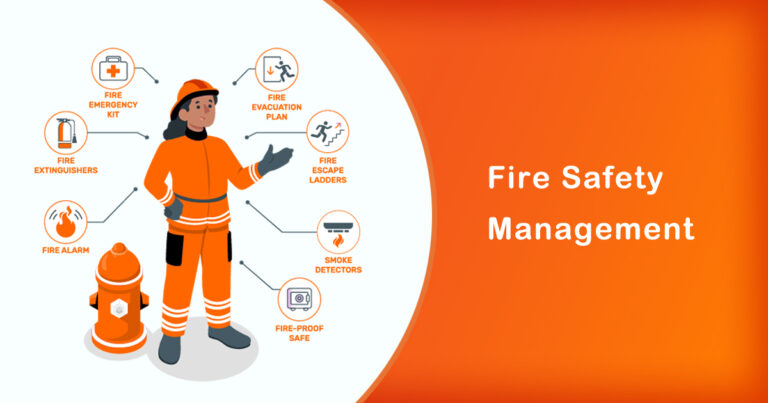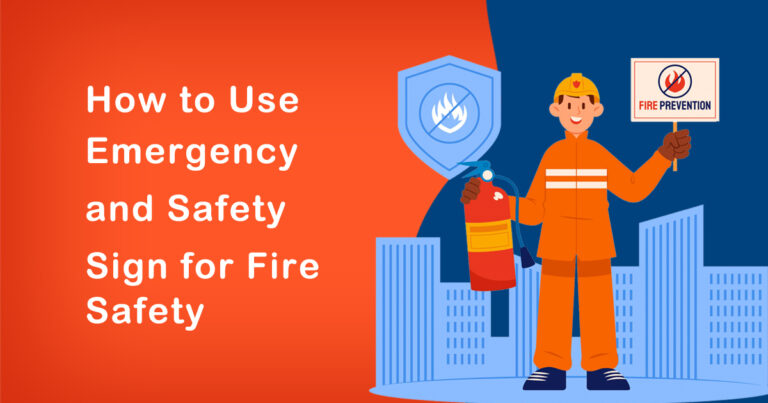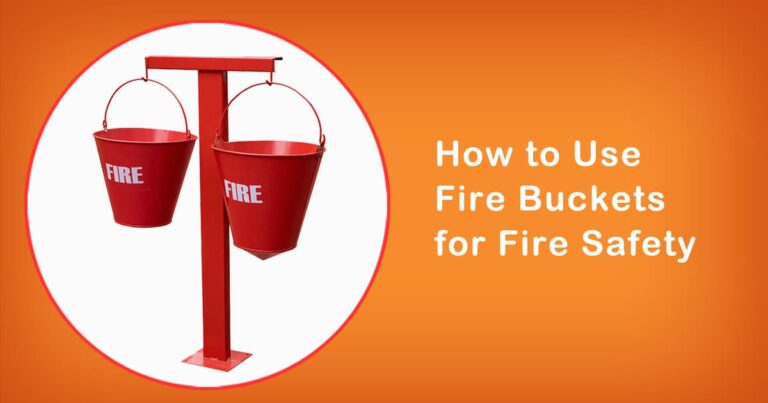Introduction
Fire safety is an essential aspect of maintaining a safe and secure environment. According to the National Fire Protection Association (NFPA), an estimated 1.3 million fires were reported in the United States in 2020, resulting in 3,420 deaths and 16,650 injuries. Fire safety is not just important in commercial and industrial settings, but it’s also crucial in homes and apartments, where fires are more common than we think. In this article, we will discuss about what is fire safety, the causes of fire, fire safety measures, and some fire safety statistics.
What is Fire Safety?
Fire safety is a set of practices and precautions designed to prevent fires and minimize their impact if they occur. Fire safety measures include the installation of smoke alarms, the use of fire extinguishers, and the implementation of fire safety protocols, among others. Fire safety is essential because it helps prevent loss of life and property damage. In workplaces, fire safety regulations and guidelines are put in place to protect employees and the property from the hazards of fire.
Causes of Fire
Fires can be caused by various factors, including natural causes, human error, and equipment malfunction. Natural causes of fire include lightning strikes, while human error can include smoking, cooking, and leaving flammable materials near heat sources. Equipment malfunction can occur due to faulty wiring, overloaded electrical outlets, and poor maintenance.
Fire Safety Measures
Fire safety measures are the precautions that can be taken to prevent fires or minimize their impact if they occur. Some of the most common fire safety measures include:
Smoke alarms:
Smoke alarms are essential in any building or home. They detect smoke and alert the occupants of the building or home to a potential fire.
Fire extinguishers:
Fire extinguishers are essential fire safety equipment that can be used to put out small fires before they spread. They should be strategically placed around the building or home.
Fire safety protocols:
Fire safety protocols are the procedures that are put in place to ensure the safety of occupants in the event of a fire. These protocols may include evacuation plans, designated assembly points, and emergency contacts.
Fire-resistant materials: Fire-resistant materials such as fire-resistant drywall, doors, and roofing materials can help prevent the spread of fire and minimize damage in the event of a fire.
Fire Safety Statistics
According to the National Fire Protection Association (NFPA), in 2020:
- There were an estimated 1.3 million fires reported in the United States.
- These fires resulted in 3,420 deaths and 16,650 injuries.
- Direct property damage from these fires was estimated at $13.1 billion.
- Cooking was the leading cause of home fires, followed by heating equipment, electrical distribution, and smoking materials.
- Most home fire deaths (about 66%) occurred in homes without working smoke alarms.
Conclusion
In conclusion, fire safety is a crucial aspect of maintaining a safe and secure environment. Fires can be caused by various factors, including natural causes, human error, and equipment malfunction. Fire safety measures, including smoke alarms, fire extinguishers, and fire safety protocols, can help prevent fires or minimize their impact if they occur. Finally, it’s essential to follow fire safety guidelines and regulations to protect yourself, your loved ones, and your property from the hazards of fire.








